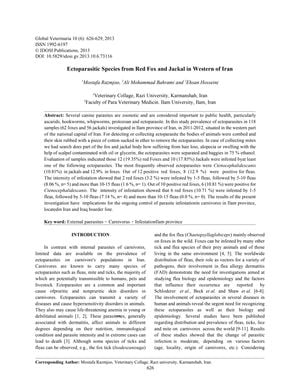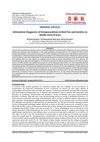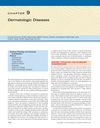Ectoparasitic Species from Red Fox and Jackal in Western Iran
January 2013

TLDR About 20% of red foxes and jackals in western Iran have at least one type of ectoparasite, with fleas being the most common.
In a study conducted in 2011-2012 in Ilam province, Iran, researchers investigated the prevalence of ectoparasites in 118 samples from 62 red foxes and 56 jackals. They used combing, skin rubbing with ether-soaked cotton, and scalpel-assisted collection for mites in areas with hair loss or alopecia to collect the ectoparasites, which were then preserved in 75% ethanol. The study found that 19.35% of red foxes and 17.85% of jackals were infested with at least one ectoparasite. The most common ectoparasite was Ctenocephalides canis, found in 10.81% of jackals and 12.9% of foxes. The intensity of flea infestation varied, with some animals having 1-5 fleas, others 5-10, and a few with more than 10-15 fleas. These findings highlight the need for parasite control measures in carnivores in the region bordering Iran and Iraq.




